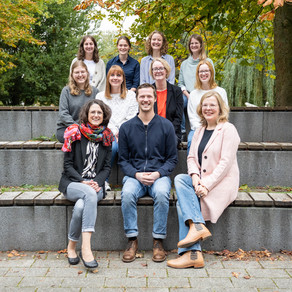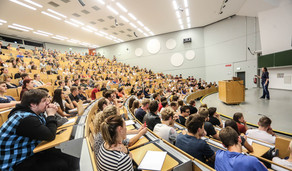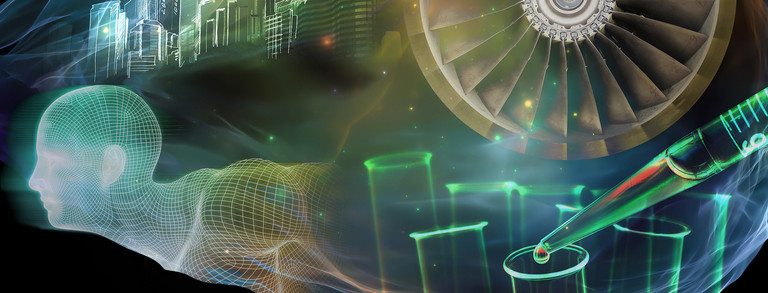Development of scene processing in the human high-level visual cortex
This project investigates the development of visual areas in the human brain that are highly specialized to process scenes or places. We collected structural and functional magnetic resonance imaging data from 50 participants to answer several questions in dedicated sub-projects.
Project team: Meißner, Weigelt
Sub-Project: LOCALIZER
Prolonged functional development of the parahippocampal place area and occipital place area
Successful navigation of our surroundings is of high environmental relevance and involves processing of the visual scenery. Scene-processing undergoes a major behavioral improvement during childhood. However, possible neural changes that underlie this cognitive development in scene perception are understudied in comparison to other stimulus categories. We used a functional magnetic resonance imaging (fMRI) scene localizer and behavioral recognition and memory tasks in 7-8-year-olds, 11-12-year-olds, and adults to test whether scene-selective areas—the parahippocampal place area (PPA), the retrosplenial cortex (RSC), and the occipital place area (OPA)—show a change in volume and selectivity with age, and whether this change is correlated with behavioral perception and memory performance. We find that children have a smaller PPA and OPA than adults, while the size of RSC does not differ. Furthermore, selectivity for scenes in the PPA and the OPA, but not in the RSC, increases with age. This increase seems to be driven by both increasing responses to preferred
stimuli and decreasing responses to non-preferred stimuli. Our findings extend previous knowledge about visual cortex development by unveiling the underlying mechanisms of age-related volume and selectivity increases in the scene network especially elucidating the poorly understood development of the OPA.
Status: Data collection completed. Published.
Project team: Meißner, Weigelt
Cooperation with: Marisa Nordt, formerly Ruhr-University Bochum, Developmental Neuropsychology
Sub-Project: STRUCONN
Myelin development in visual scene-network tracts beyond late childhood: A multimethod neuroimaging study.
The visual scene-network shows a prolonged functional development. Structural development of white matter that underlies the scene-network has not been investigated—despite its potential influence, or dependence—on scene-network function. The key factor for white matter maturation is myelination. However, research on myelination using the gold standard method of post-mortem histology is scarce. In vivo alternatives—diffusion tensor imaging (DTI) and myelin water imaging (MWI)—only report broad-scale findings that prohibit inferences
concerning the scene-network. Here, we combine MWI, DTI tractography, and fMRI to investigate myelination in scene-network tracts in middle childhood, late childhood, and adulthood. We report increasing myelin from middle childhood to adulthood in lRSC-lOPA, rPPA-rRSC, and lPPA-lRSC tracts. Moreover, tracts connecting the OPA to the key input regions hippocampus, V1, and V2 showed myelin increases beyond late childhood. Our findings indicate that structural development coincides with functional development in the scene network, possibly enabling structure-function interactions.
Status: Data collection completed. Published.
Project team: Meißner, Weigelt
Cooperation with: Erhan Genç, Ruhr-Universität Bochum, Biopsychology & Burkhard Mädler, Philips GmbH, Health Systems Department





